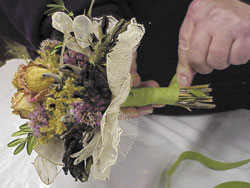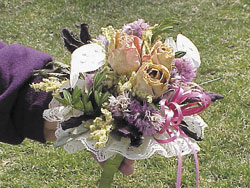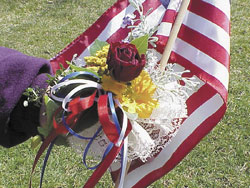Many of you will be planting all sort of things this weekend, including strawberry plants. Before you do, you might consider reading this story which recently ran on NPR’s food blog, The Salt, about strawberry growing in California. It answered a lot of questions we have had when shopping for strawberries.
May is the month we see strawberries explode in the market. There are strawberry festivals in every corner of the nation celebrating the juicy ruby beauties, and Strawberry Queenscrowned galore. Those traditional harvest time festivals make us think our strawberries are mostly grown on the farm just down the road.
But in fact, one state — California — supplies 80 percent of America’s strawberries, and the percentage is growing.
The reason? California’s fields are stunningly productive. They yield ten times more strawberries, per acre, than strawberry farms in Michigan; twenty times more than farms in the state of New York. And there’s a complex web of reasons why.




